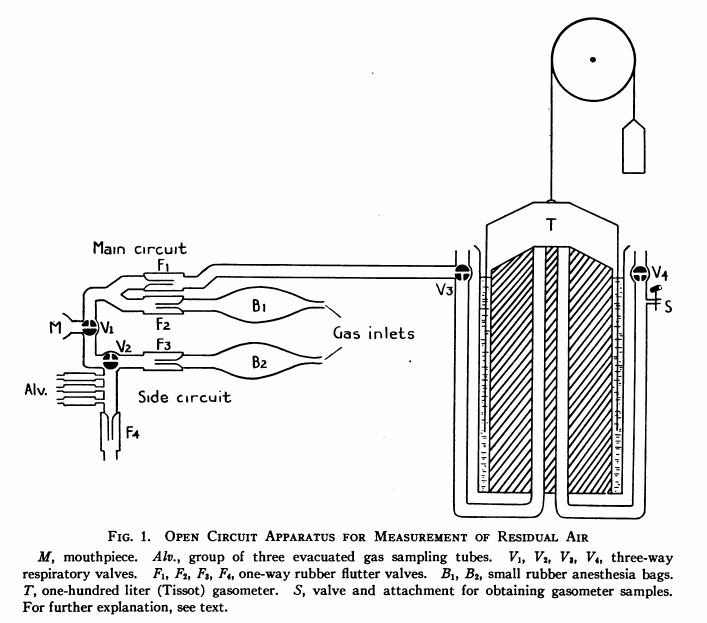After the tests themselves, the second most important thing that a Pulmonary Function Lab needs to do is to report results. Like a tree falling in the woods, if a report hasn’t gotten in front of the person that ordered the tests, has anything happened? A successful PFT Lab needs to manage its reports effectively.
An obstacle that many labs will need to overcome is the reporting software that comes with their testing systems. I think that for many of the PFT equipment manufacturers reports are an afterthought at best. The ability to format reports to a specific lab’s needs is often limited and is just as often is a difficult and time-consuming process.
For example my lab maintains approximately eight different report formats, each tailored to the most common mix of tests we perform. If we need to change an item in patient demographics (and we have) then that means that this change needs to be made separately in each of the eight different formats. If this change requires more space on the report and that other report elements need to be moved to accommodate this, then this has to be done on each of the report formats as well. The software has no ability to copy or share changes between report formats (which I am sorry to say is ridiculous since I remember having reporting software in the DOS era where this was possible).
Continue reading →

